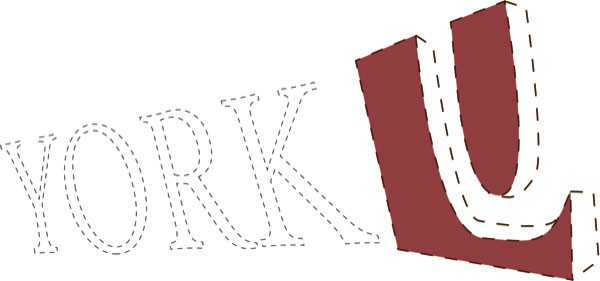Kate Hudson
Managing Editor
Last Friday, York’s media relations department got an unexpected call from The Toronto Star about former investigations coordinator Ken Tooby. He was dismissed last week without explanation, and although the university refused to comment, the Star suggested that he may have been a “whistleblower” in the ongoing fraud case involving former members of the administration.
Recently, Excalibur has learned that Tooby’s dismissal was unrelated to the fraud case. He was not, in fact, a whistleblower at all. So why did the Star get it wrong?
Although the Star was obviously jumping to conclusions, York could have avoided the misunderstanding outright by addressing this issue before it went to print. Surely the Star was asking the same questions we were—but it appears that York was reluctant to say anything beyond “no comment”.
And it’s not the only time York has dodged answers. York’s initial response to the murder in the Village, and the construction accident was to defer all media requests to official investigations. York media also admits to their evasion. In a town hall meeting extended to all students, vp community relations Jennifer Sloan announced that her department is working hard to “suppress news cycles” about York, “especially when it’s not favourable, into to 24 to 48 hour cycles.”
The reality is that the more blame York shirks, the more it ends up taking. In the absence of communication, reporters—and indeed, members of the community—will start to make up reasons of their own.
I’m not defending what the Star did. I’m simply saying that refusing to engage in discussion can sometimes do more harm than good.
If York wants to avoid future misunderstandings, they need to focus on building relationships, not legal responsibility. They need to empower the community by providing information when it is needed. And they shouldn’t be afraid to address misconceptions head on.
And our job, as always, is to report facts, not fabrications.


